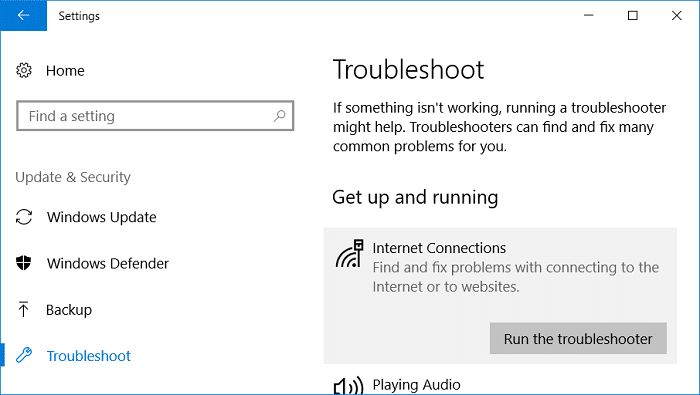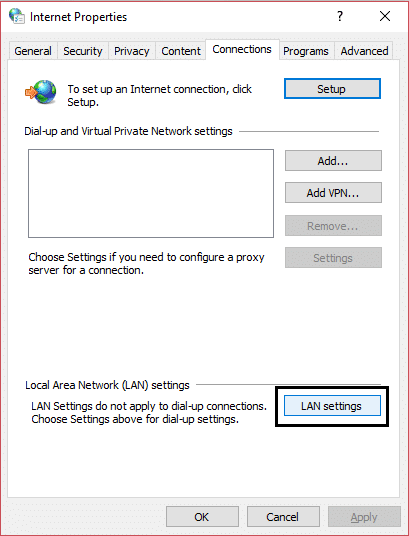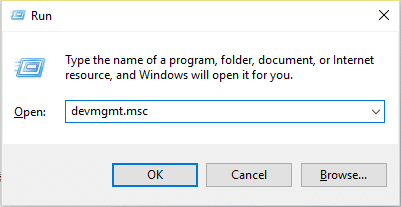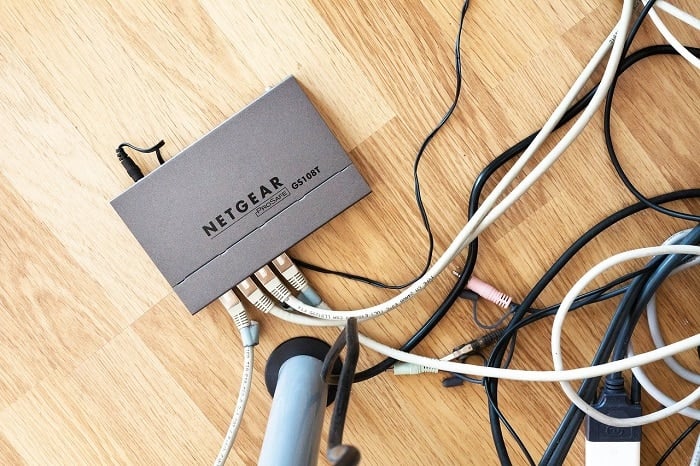One or more network protocols are missing on this computer Windows Sockets registry entries required for network connectivity are missing.
The main reason to run network troubleshooter is that you can’t get online or can’t access the internet. If the network requests aren’t processed properly, then the network won’t work at all. Anyway, without wasting any time let’s see How to Fix Windows sockets registry entries required for network connectivity are missing with the help of the below-listed troubleshooting guide.
Fix Windows sockets registry entries required for network connectivity are missing
Make sure to create a restore point just in case something goes wrong.
Fix Windows sockets registry entries required for network connectivity are missing Method 1: Reset Winsock Components Method 2: Run Network Troubleshooter Method 3: Delete Winsock Registry Entry And Reinstall TCP/IP Method 4: Use Google DNS Method 5: Disable IPv6 Method 6: Disable Proxy Method 7: Reinstall Network Adapter Drivers Method 8: Restart your router Method 9: Disable then Re-enable your Network Adapter
Method 1: Reset Winsock Components
Open Command Prompt. The user can perform this step by searching for ‘cmd’ and then press Enter.
Now type the following command and press Enter after each one: ipconfig /release ipconfig /flushdns ipconfig /renew
Again, open Admin Command Prompt and type the following and hit enter after each one: ipconfig /flushdns nbtstat –r netsh int ip reset netsh winsock reset
Reboot to apply changes. Flushing DNS seems to Fix Windows sockets registry entries required for network connectivity are missing error.
Method 2: Run Network Troubleshooter
Press Windows Key + I to open Settings then click on Update & Security.
From the left-hand menu, select Troubleshoot.
Under Troubleshoot, click on Internet Connections and then click Run the troubleshooter.
Follow further on-screen instructions to run the troubleshooter.
Reboot your PC to save changes.
Method 3: Delete Winsock Registry Entry And Reinstall TCP/IP
Press Windows Key + R then type regedit and hit Enter to open Registry Editor.
Navigate to the following Registry Key: HKEY_LOCAL_MACHINE\SYSTEM\CurrentControlSet\Services\WinSock2
Right-click on WinSock2 then selects Export. Browse to a safe location and then click Save.
Note: You have made a backup of the WinSock registry key, just in case something goes wrong. 4. Again right-click on WinSock2 registry key and select Delete.
Now navigate to the following registry entry: HKEY_LOCAL_MACHINE\SYSTEM\CurrentControlSet\Services\Winsock
Again perform the steps 3 to 4 on Winsock registry key.
Press Windows Key + R then type ncpa.cpl and hit Enter to open Network Connections.
Right-click on your Local Area Connection or Ethernet connection and select Properties.
In the Properties window, click on the Install button.
Then on the “Select Network Feature Type” window select Protocol and click Add.
Now click on “Have Disk…” on Select Network Protocol window.
On Install From Disk window, type the following in “Copy manufacturer’s files from” field and hit Enter: C:\Windows\inf
Finally, on the Select Network Protocol window, select Internet Protocol (TCP/IP) – Tunnels and click OK.
Close everything and reboot your PC to save changes. If you get the following error message while trying the above steps: Could not add the requested feature. The error is: This program is blocked by group policy. For more information, contact your system administrator.
Download Windows Socket registry entries and then import them into your Registry Editor: Download WinSock Registry File Download WinSock2 Registry File
Right-click on above download registry keys then selects Run as Administrator.
Click Yes to continue and then reboot your PC.
Now follow the above steps once again to see if you can fix Windows sockets registry entries required for network connectivity are missing error.
Method 4: Use Google DNS
You can use Google’s DNS instead of the default DNS set by your Internet Service Provider or the network adapter manufacturer. This will ensure that the DNS your browser is using has nothing to do with the YouTube video not loading. To do so, 1. Right-click on the network (LAN) icon in the right end of the taskbar, and click on Open Network & Internet Settings.
- In the settings app that opens, click on Change adapter options in the right pane.
3. Right-click on the network you want to configure, and click on Properties.
- Click on Internet Protocol Version 4 (IPv4) in the list and then click on Properties.
Also Read: Fix Your DNS Server might be unavailable error 5. Under the General tab, choose ‘Use the following DNS server addresses’ and put the following DNS addresses. Preferred DNS Server: 8.8.8.8 Alternate DNS Server: 8.8.4.4
- Finally, click OK at the bottom of the window to save changes.
- Reboot your PC and once the system restart, see if you’re able to Fix socket error occurred and Windows sockets registry entries required for network connectivity are missing error.
Method 5: Disable IPv6
Right-click on the WiFi icon on the system tray and then click on “Open Network and Sharing Center.”
Now click on your current connection to open Settings. Note: If you can’t connect to your network, then use an Ethernet cable to connect and then follow this step.
Click the Properties button in the window that just open.
Make sure to uncheck Internet Protocol Version 6 (TCP/IP).
Click OK, then click Close. Reboot your PC to save changes.
Method 6: Disable Proxy
Press Windows Key + R then type inetcpl.cpl and hit enter to open Internet Properties.
Next, Go to Connections tab and select LAN settings.
Uncheck Use a Proxy Server for your LAN and make sure “Automatically detect settings” is checked.
Click Ok then Apply and reboot your PC.
Method 7: Reinstall Network Adapter Drivers
Press Windows Key + R then type devmgmt.msc and hit Enter.
Expand Network adapters then right-click on your WiFi adapter and select Uninstall.
Again click Uninstall to confirm.
Now right-click on Network Adapters and select Scan for hardware changes.
Reboot your PC and Windows will automatically install the default drivers.
Method 8: Restart your router
If your router is not configured properly, you may not be able to access the internet even though you’re connected to WiFi. You need to press the Refresh/Reset button on your router, or you can open the settings of your router locate the reset option in setting.
Turn off your WiFi router or modem, then unplug the power source from it.
Wait for 10-20 seconds and then again connect the power cable to the router.
Switch on the router and again try to connect your device.
Method 9: Disable then Re-enable your Network Adapter
Press Windows Key + R then type ncpa.cpl and hit Enter.
Right-click on your wireless adapter and select Disable.
Again right-click on the same adapter and this time choose Enable.
Restart your and again try to connect to your wireless network. Recommended:
Fix One or more network protocols are missing on this computer Fix You’ve been signed in with a temporary profile error How to Fix Desktop Refers to A Location That Is Unavailable Fix High CPU Usage by Service Host: Local System
That’s it, you successfully Fix Windows sockets registry entries required for network connectivity are missing error but if you still have any questions regarding this tutorial then feel free to ask them in the comment’s section.





![]()













![]()




![]()











